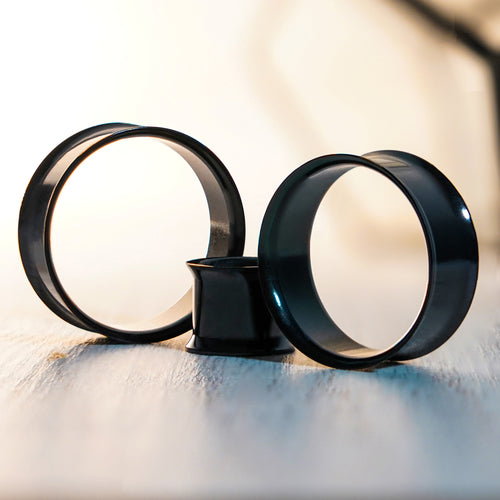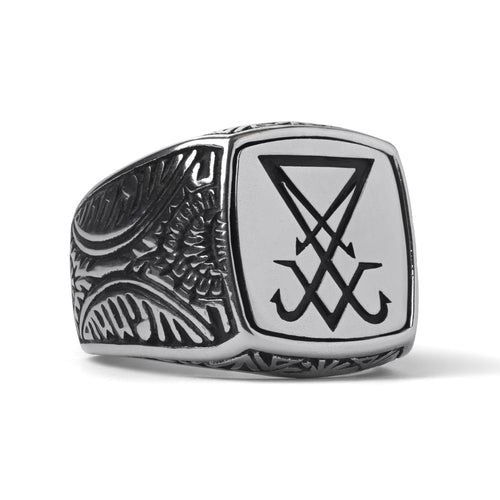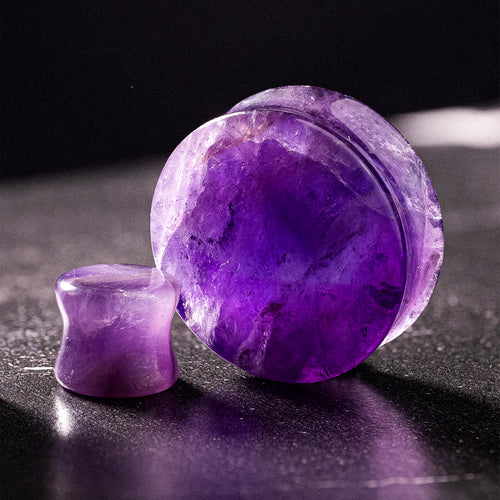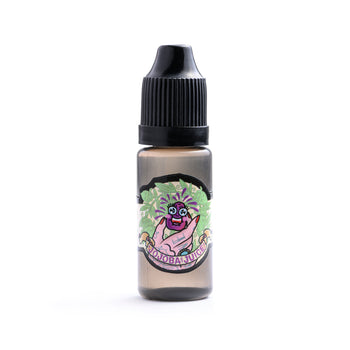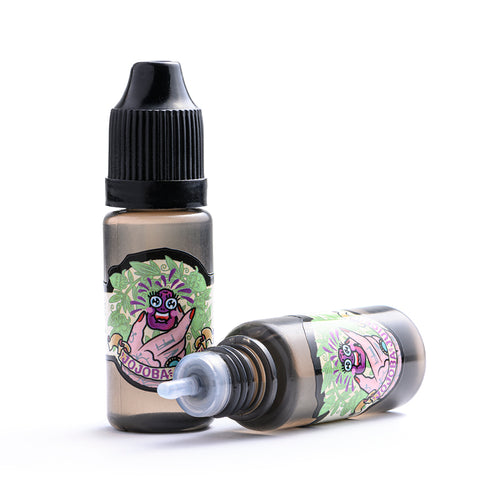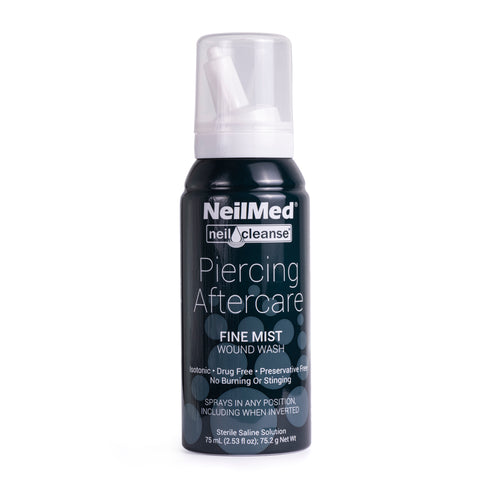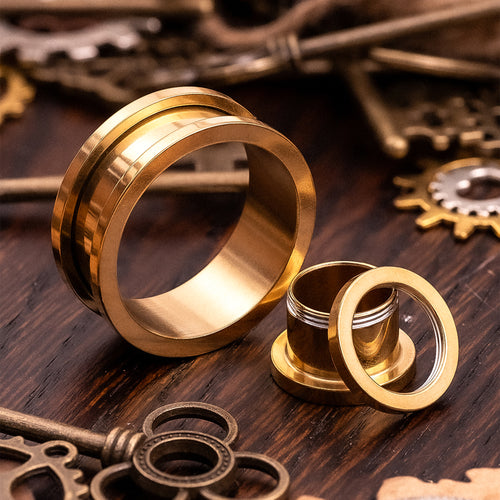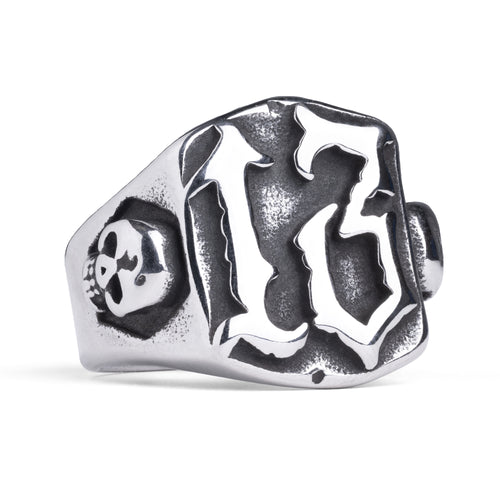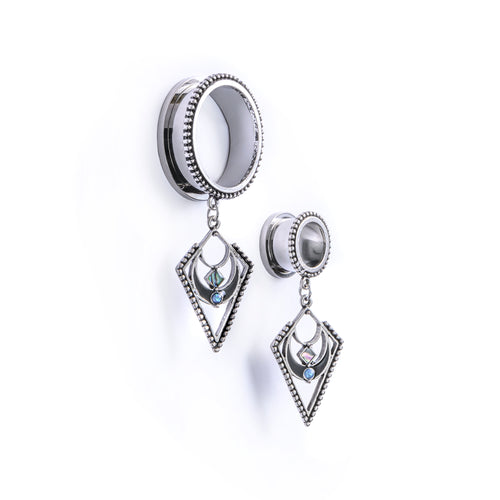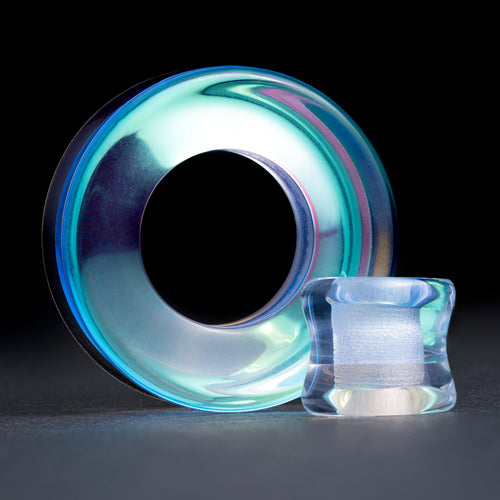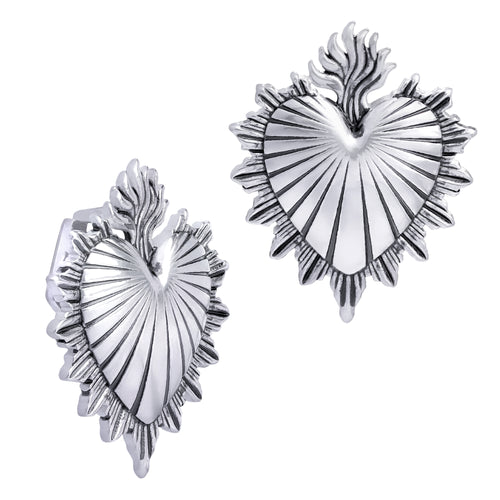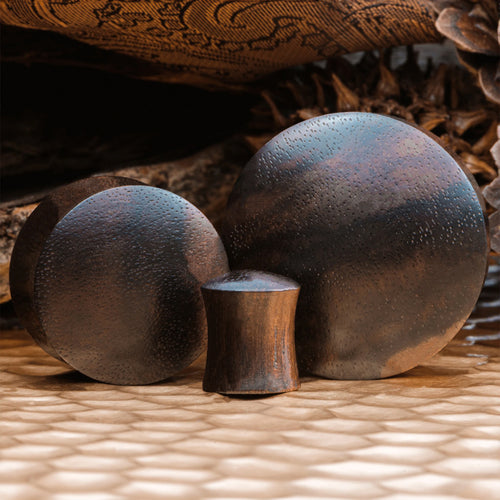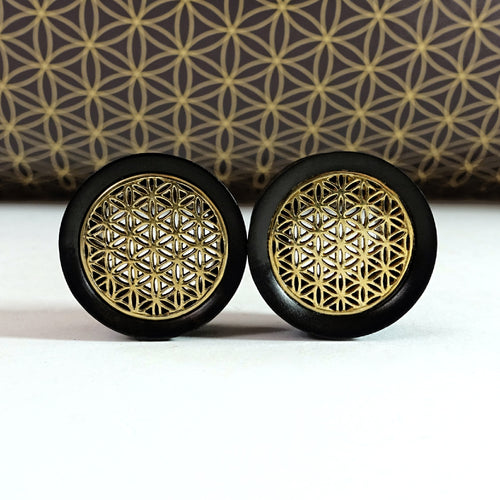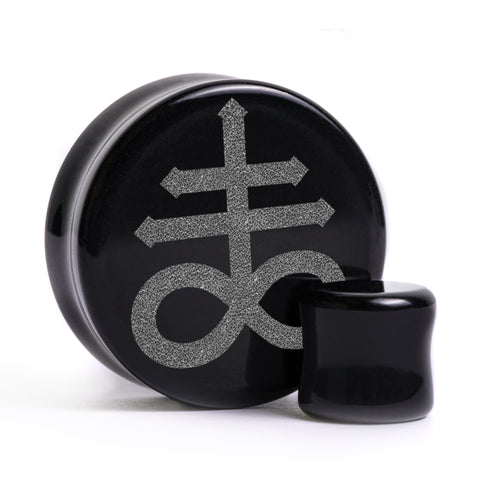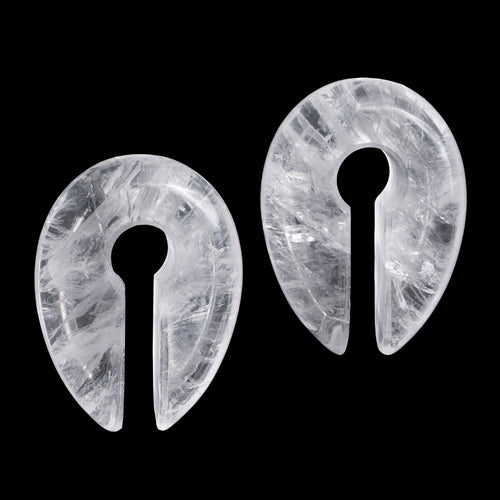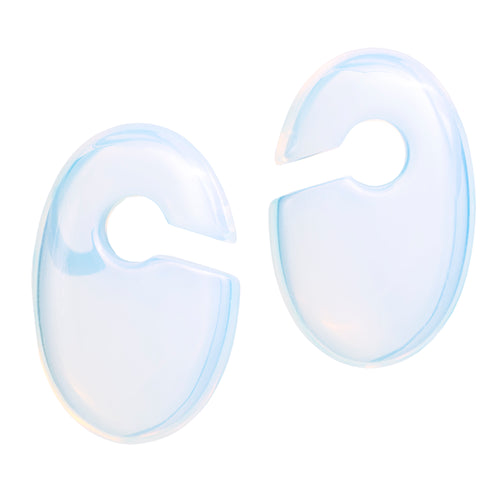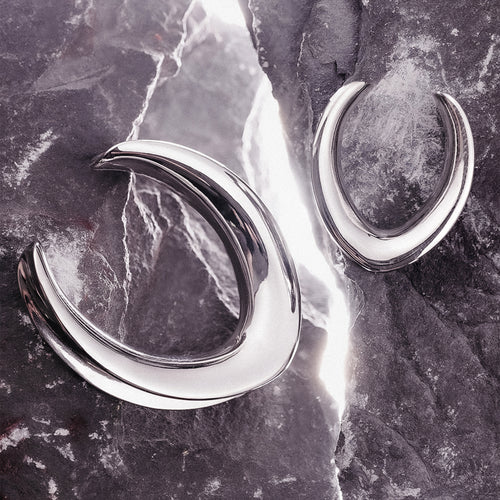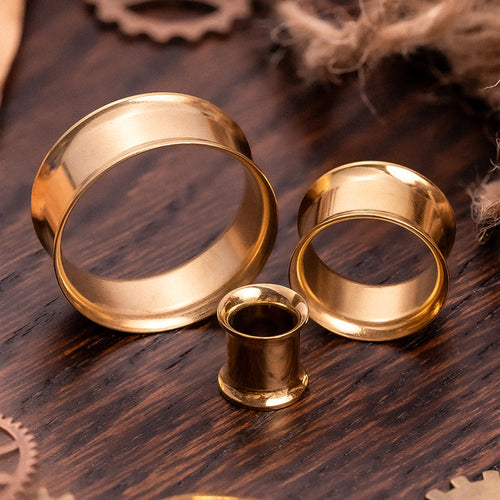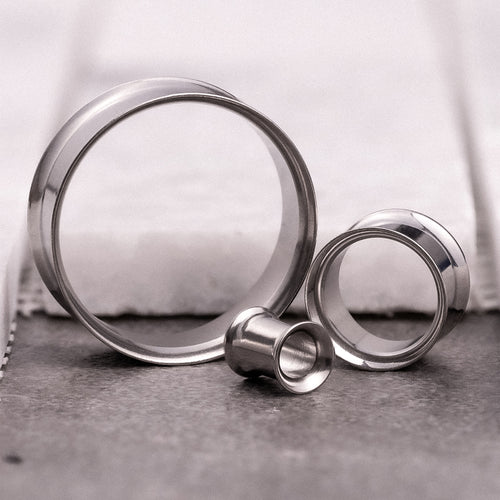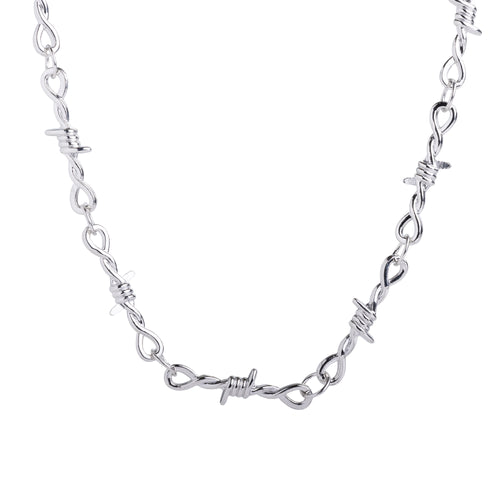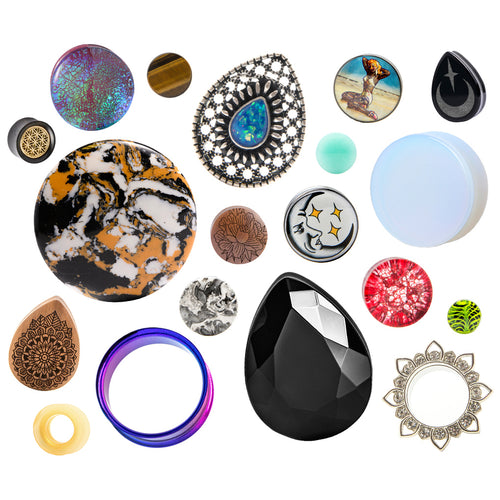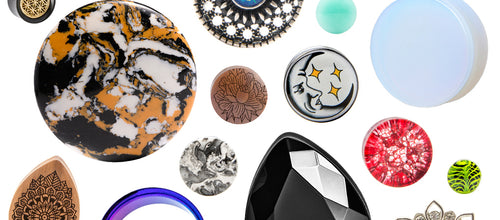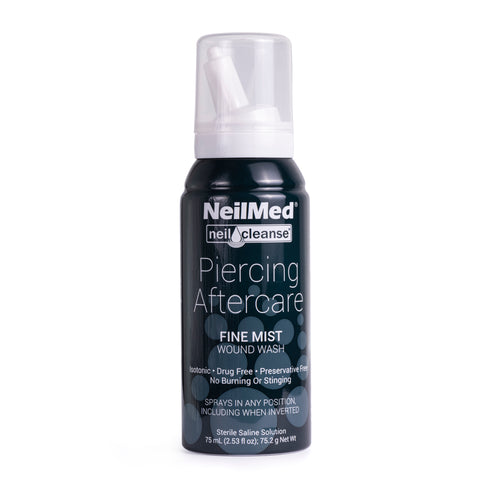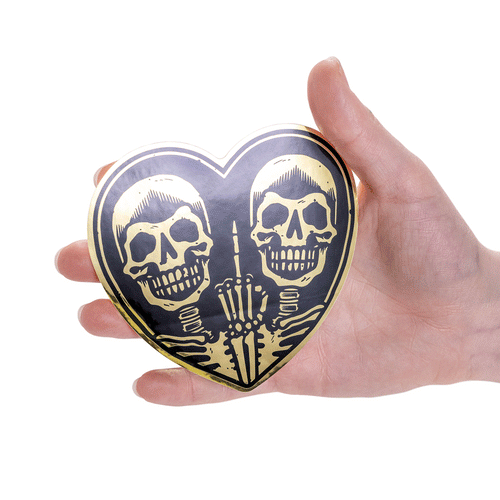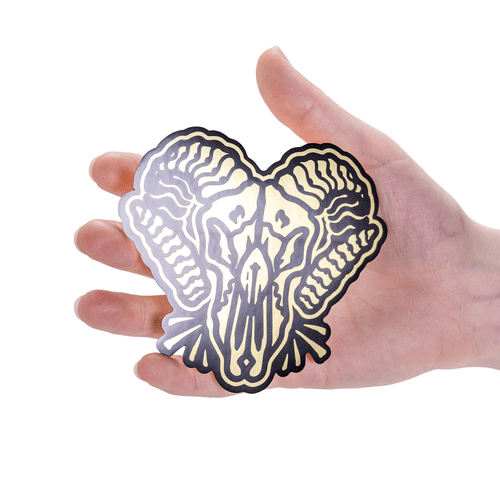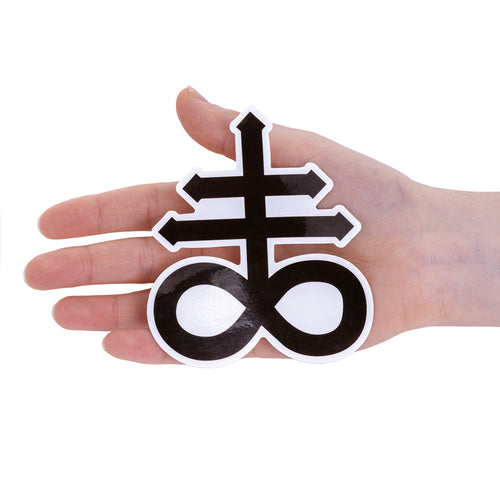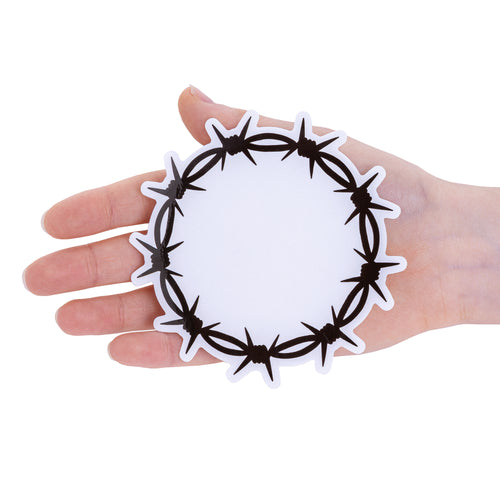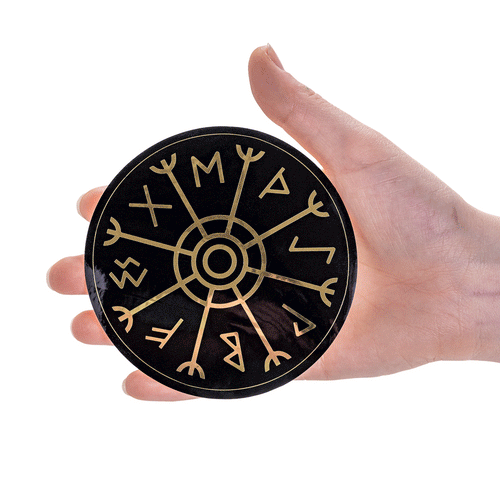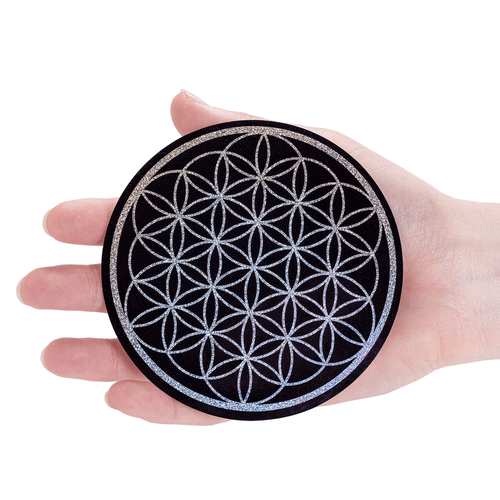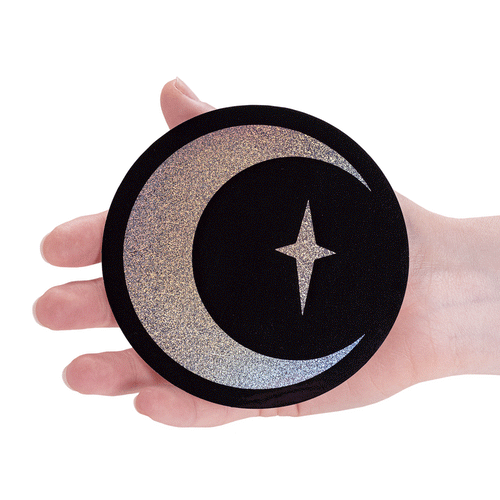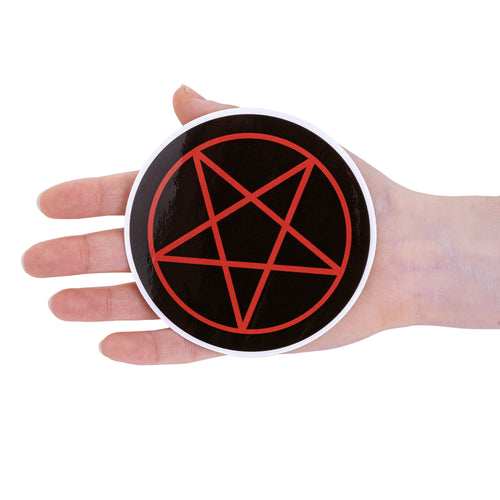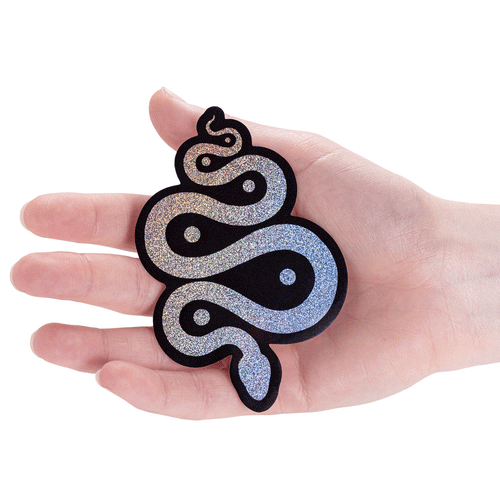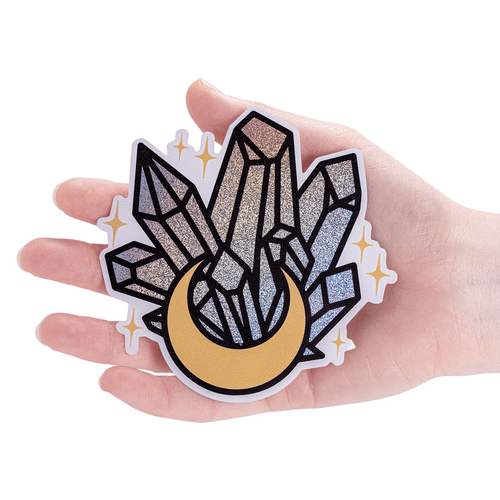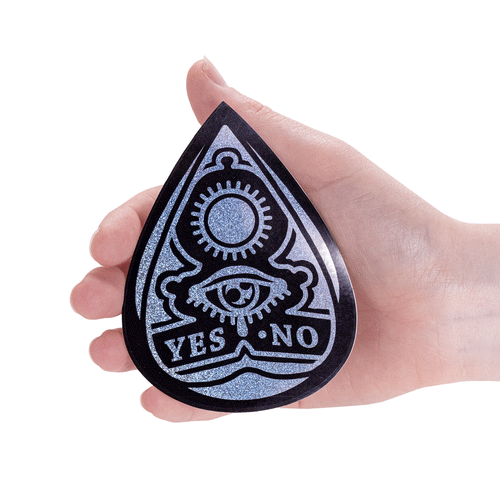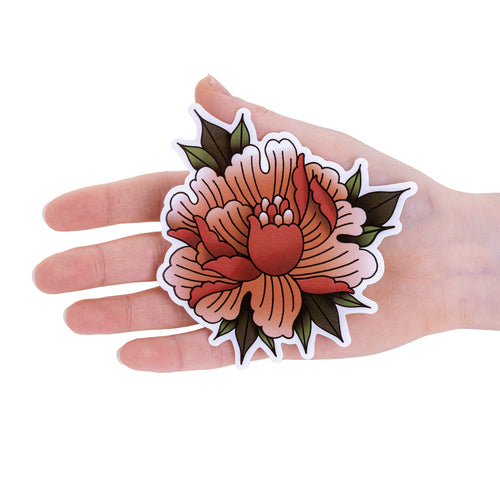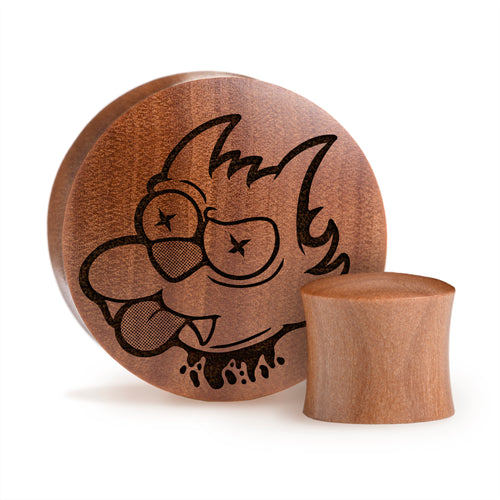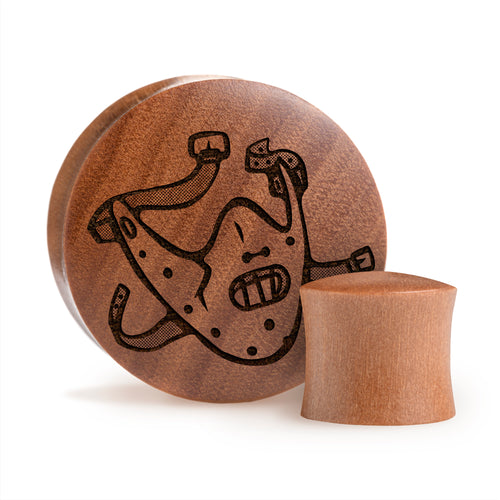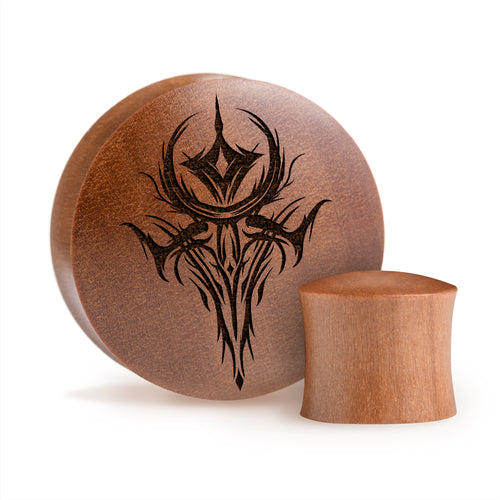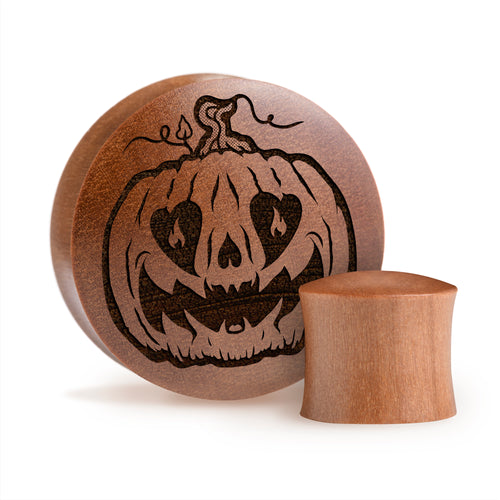Ear Gauge Sizes
Confused about Ear Gauge Sizes? Read our guide and understand sizing for plugs & gauges.
Ear gauge sizes are tricky if you’re just starting with ear stretching. But, once you get used to the way we size plugs/gauges it's not that hard, so here’s what you need to know about ear gauges and the sizing you need for stretching your ears.
Intro to ear gauge sizes
The key to remember is that the larger the size of your stretched ears, the smaller the gauge number! On the face of it, the sizing doesn’t make a lot of sense, for example, 4g ear gauges, are much bigger than 18g plugs. Then, when you run out of gauge numbers you start using solely mm and Inches.
Still confused 🤯? Don’t worry, check out our chart below for the ear gauge sizes you need (and how to convert them.)

Ear Gauge Size Chart
Here is our shortened ear gauge size chart with conversions of many popular sizes. Scroll down for the full conversion table.

I'm confused – why are gauge sizes backward?
The reason why it’s all hard to work out is that ear gauge sizes aren’t traditionally made for jewellery! Long story short they were created by the British wire industry to measure the thickness of wire using a 1” steel plate as a reference point. So using 1/16th became known as a 16 gauge, using 1/8th became an 8 gauge and so on. That’s why the lower the fraction the thicker the wire! (and also why it gets tricky past an inch!)
Ear plugs aren’t the only industry that uses the gauge system, it’s actually used in the medical industry by anesthetists too!
What ear gauge sizes do we sell?
We sell plugs in pretty much all of the ear gauge sizes, although not every design and material is available in every size. So whether you’re just starting our with stretching your ears or you’re just looking for some awesome body jewellery that you can’t find anywhere else, we can accommodate your size!
How do ear gauge sizes work?
As we’ve looked at, sizes will start with ear gauges first before flipping to inches (although some prefer the millimetre equivalent)
But to put the sizes into perspective, when you first get your ears pierced with a traditional earring, it will likely be either a 20g or 18g and then you would stretch to the next size up which is either 16g (1.2mm or 3/64”) or 14g (1.5mm or 1/16”). So you work down the scale of gauges the larger you stretch your ears.
One point to note here is that when working with the human body, sizes can differ. Unfortunately, it’s not always as accurate in inches or fractions which is why the gauge size can have different conversions. If you are stuck for your size, refer to our chart or get in touch and we’ll see if we can help you find the right ear gauges and plugs for you.
Got a question about ear gauge sizes?
Do you still have questions about ear gauge sizes? Get in touch with us today about any questions to do with our plugs and tunnels and we’ll get back to you within a day or two!
Convert Ear Gauge to mm and Inch
| Gauge (g) | Millimeters (mm) | Inches (") |
|---|---|---|
| 18g | 1.0mm | 5/128" |
| 16g | 1.2mm | 3/64" |
| 14g | 1.6mm | 1/16" |
| 12g | 2mm | 5/64" |
| 10g | 2.4mm | 3/32" |
| 8g | 3mm | 1/8" |
| 6g | 4mm | 5/32" |
| 4g | 5mm | 3/16" |
| 2g | 6mm | 1/4" |
| 1g | 7mm | 9/32" |
| 0g | 8mm | 5/16" |
| 9mm | 3/8" | |
| 00g | 10mm | 3/8" |
| 11mm | 7/16" | |
| 12mm | 1/2" | |
| 13mm | 17/32" | |
| 14mm | 9/16" | |
| 15mm | 19/32" | |
| 16mm | 5/8" | |
| 17mm | 0.67" | |
| 18mm | 11/16" | |
| 19mm | 3/4" | |
| 20mm | 13/16" | |
| 21mm | 53/64" | |
| 22mm | 7/8" | |
| 24mm | 15/16" | |
| 25mm | 1" | |
| 26mm | 1.024" | |
| 27mm | 1.06" | |
| 28mm | 1.10" | |
| 29mm | 1 1/8" | |
| 30mm | 1.18" | |
| 31mm | 1.22" | |
| 32mm | 1 1/4" | |
| 34mm | 1 5/16" | |
| 35mm | 1 3/8" | |
| 36mm | 1 7/16" | |
| 38mm | 1 1/2" | |
| 40mm | 1 9/16" | |
| 42mm | 1 5/8" | |
| 44mm | 1 3/4" | |
| 46mm | 1 3/16" | |
| 48mm | 1 7/8" | |
| 50mm | 2" |









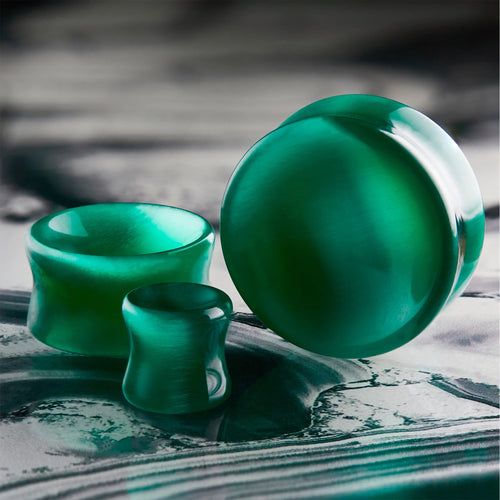




-Photographer-@domdirekt-for-@tenforfifty-v1674724276532.jpg?2400x3000&transform=resize=350)








-v1657710003014.jpg?512x640&transform=resize=350)
